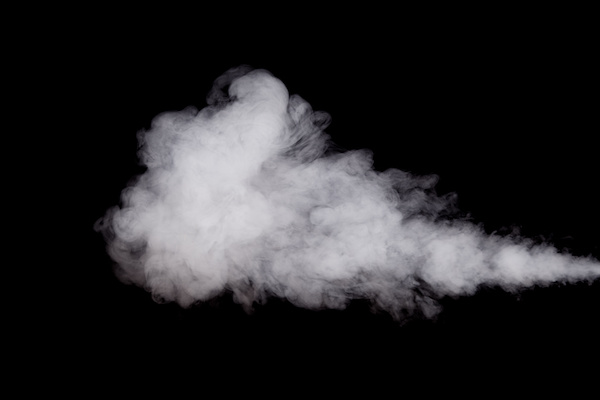
Your vehicle's exhaust system is responsible for releasing the gases created by your engine, including carbon monoxide, carbon dioxide, and other harmful impurities. While some exhaust smoke is expected, the color of the smoke can indicate potential issues with your vehicle. Keep reading to find out what different colors of exhaust smoke can mean:
White Smoke
White smoke often indicates coolant or water in the combustion chamber. This type of leak can be caused by a blown head gasket, a cracked engine block or cylinder head, or a faulty intake manifold gasket. White smoke can also be caused by burning transmission fluid in rare cases.
Blue Smoke
Blue smoke indicates oil is burned in the combustion chamber. Oil can seep through worn piston rings, damaged valve seals, or a damaged PCV valve. Blue smoke can also be caused by overfilling the engine oil or using the wrong type of oil.
Black Smoke
Black smoke means that there is an excess of fuel being burned in the combustion chamber. A faulty fuel injector, a clogged air filter, or a malfunctioning oxygen sensor are all things that can cause this fuel imbalance. Black smoke can also be induced by using low-quality or contaminated fuel.
Gray Smoke
Gray smoke can be a bit more challenging to interpret. It can be an indication of either burning oil or burning coolant. If it's the former, it could be due to a failing turbocharger, while the latter could result from a damaged head gasket or cracked engine block.
If you notice any strange colors of exhaust, it is vital to bring your vehicle to a trusted auto repair shop immediately. The color of the smoke can provide valuable information for your mechanic and help them pinpoint the issue. At KAMS Auto Service Center, we can recommend the necessary repairs to get your vehicle back on the road safely.